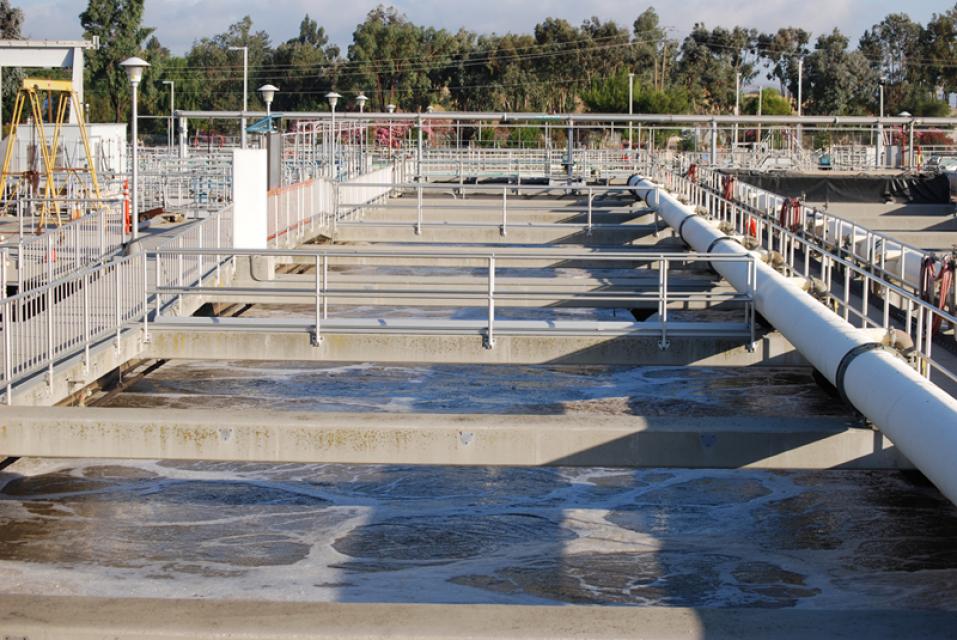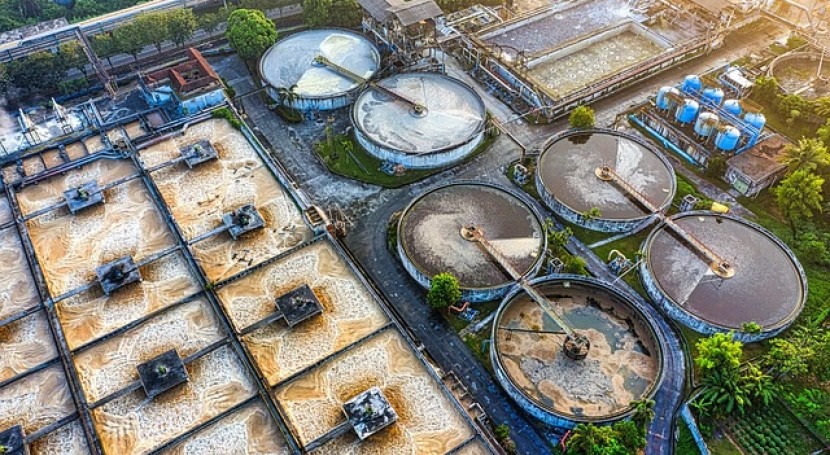Strategic Approaches to Boost Drainage Therapy Efficiency and Decrease Environmental Influence
In the world of waste water therapy, the quest for enhanced effectiveness and decreased environmental impact is a perpetual difficulty that demands tactical services. As society comes to grips with the critical to take care of water resources sustainably, a nuanced strategy comes to be important. The assimilation of advanced therapy modern technologies, energy-efficient processes, resource recovery strategies, boosted nutrient removal methods, and wise tracking and control systems stands for a diverse structure for addressing these pressing problems. However, what lies at the core of this complicated internet of methods is the prospective to reinvent the means we come close to waste water therapy, not equally as a procedure of disposal, however as an important chance for innovation and ecological stewardship.
Advanced Treatment Technologies
Cutting-edge membrane purification systems have actually revolutionized innovative wastewater treatment procedures, considerably improving the elimination of impurities. These ingenious systems work by compeling water through a semi-permeable membrane, effectively dividing pollutants from the water stream. The membrane's microscopic pores trap contaminants such as bacteria, viruses, and suspended solids, permitting only cleansed water to pass through. This innovation has actually verified to be very effective in getting rid of a wide variety of pollutants, including drugs, hefty steels, and natural compounds, which are commonly challenging to remove through traditional treatment approaches.
Furthermore, membrane purification systems supply various advantages over conventional treatment methods. Additionally, these systems are highly flexible and can be conveniently integrated right into existing treatment plants or made use of as standalone devices for decentralized applications.
Energy-Efficient Processes
The assimilation of energy-efficient procedures in wastewater therapy systems is critical for maximizing source use and lowering functional expenses. By applying energy-efficient innovations, treatment plants can considerably lower their carbon impact and overall ecological impact. One essential method to improving power efficiency in wastewater therapy is the usage of advanced aeration systems, such as fine bubble diffusers or surface aerators, which can enhance oxygen transfer efficiency and decrease power consumption. Additionally, including power recuperation systems, like anaerobic food digestion for biogas production or utilizing excess warm for thermal processes, can help balance out power needs and advertise sustainability.
In addition, maximizing procedure control and automation via using advanced sensors and keeping an eye on systems can boost general power efficiency by changing operations in real-time based on actual demand and conditions. Applying power audits and frequently keeping an eye on power performance indicators are crucial techniques to recognize locations for enhancement and track energy-saving campaigns successfully. On the whole, the fostering of energy-efficient procedures in wastewater therapy not only benefits the atmosphere however likewise adds to long-term cost savings and operational sustainability.
Source Healing Techniques
With a concentrate on enhancing resource utilization and sustainability in wastewater therapy systems, the application of resource recovery strategies arises as a crucial element in enhancing functional effectiveness. Source healing techniques in wastewater therapy include the recognition and extraction of important sources from the waste stream, thus transforming what was once considered waste right into an important possession. By carrying out resource healing methods such the original source as nutrient elimination and healing, energy generation from natural matter, and the production of recyclable water, wastewater treatment plants can lessen environmental influence while making the most of performance.

Enhanced Nutrient Elimination Strategies
Executing advanced nutrient removal techniques is important for maximizing the effectiveness of wastewater therapy systems. One of the essential strategies made use of for boosted nutrient elimination is the process of biological nutrient elimination (BNR), which involves the removal of nitrogen and phosphorus through biological procedures.

Along with BNR, progressed therapy methods such as membrane layer bioreactors (MBRs) and constructed marshes can also be employed to boost nutrient elimination efficiency. MBRs make use of membranes to accomplish premium effluent standards by properly removing nutrients and put on hold solids. Created marshes imitate natural marsh processes to eliminate nutrients with plant uptake, microbial task, and sedimentation. By including these advanced nutrient removal techniques right into wastewater therapy systems, sectors and municipalities can properly decrease nutrient air pollution and protect the environment.
Smart Monitoring and Control Systems
Utilizing advanced innovation, the integration of clever surveillance and control systems reinvents the operational performance of wastewater therapy centers. These systems integrate innovative sensing units and data analytics to continuously keep an eye on vital specifications such as pH levels, turbidity, liquified oxygen, and flow rates in real-time. By accumulating and analyzing this data, operators can get beneficial insights right into the efficiency of the treatment procedures, allowing positive changes to maximize therapy efficiency.
Smart tracking and control systems also sustain remote surveillance capabilities, permitting operators to gain access to real-time data and control features from off-site areas. This remote ease of access improves functional flexibility and responsiveness, allowing quick interventions in situation of system breakdowns or fluctuations in influent top quality. The predictive upkeep capacities of these systems assist prevent devices failures and decrease downtime, inevitably enhancing the total reliability of wastewater treatment procedures.
Conclusion
In conclusion, tactical approaches such as advanced therapy technologies, energy-efficient procedures, source recovery strategies, boosted nutrient elimination strategies, and clever surveillance and control systems play a crucial function in improving wastewater treatment performance and lessening ecological influence. By carrying out these techniques, wastewater therapy plants can enhance their overall efficiency, decrease power usage, recover beneficial resources, and ensure compliance with environmental policies. These strategies are essential for lasting and efficient wastewater administration techniques.

In conclusion, calculated methods such as innovative treatment innovations, energy-efficient procedures, source recuperation approaches, improved nutrient removal strategies, and clever tracking and control systems play a crucial function in boosting wastewater therapy effectiveness and decreasing environmental influence.